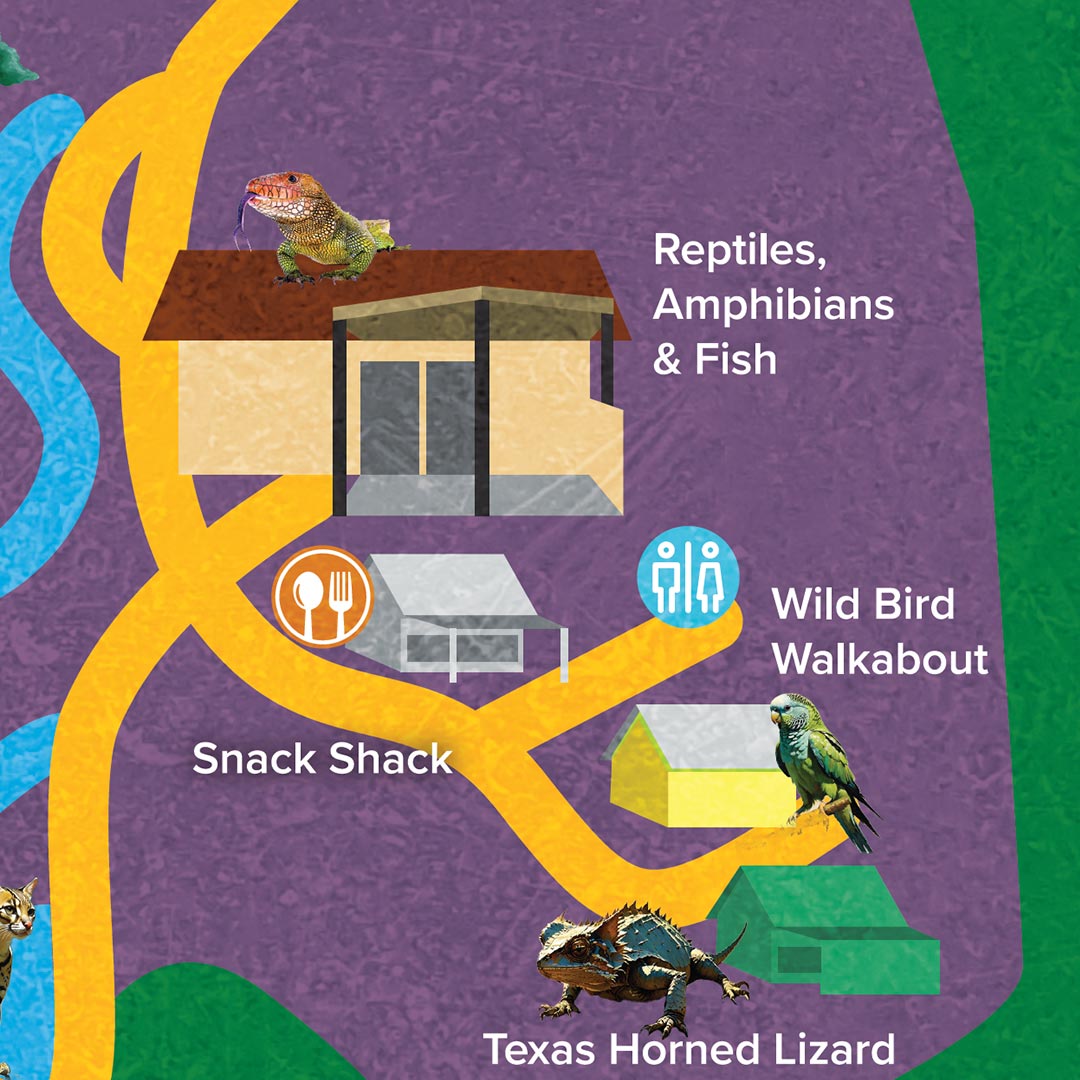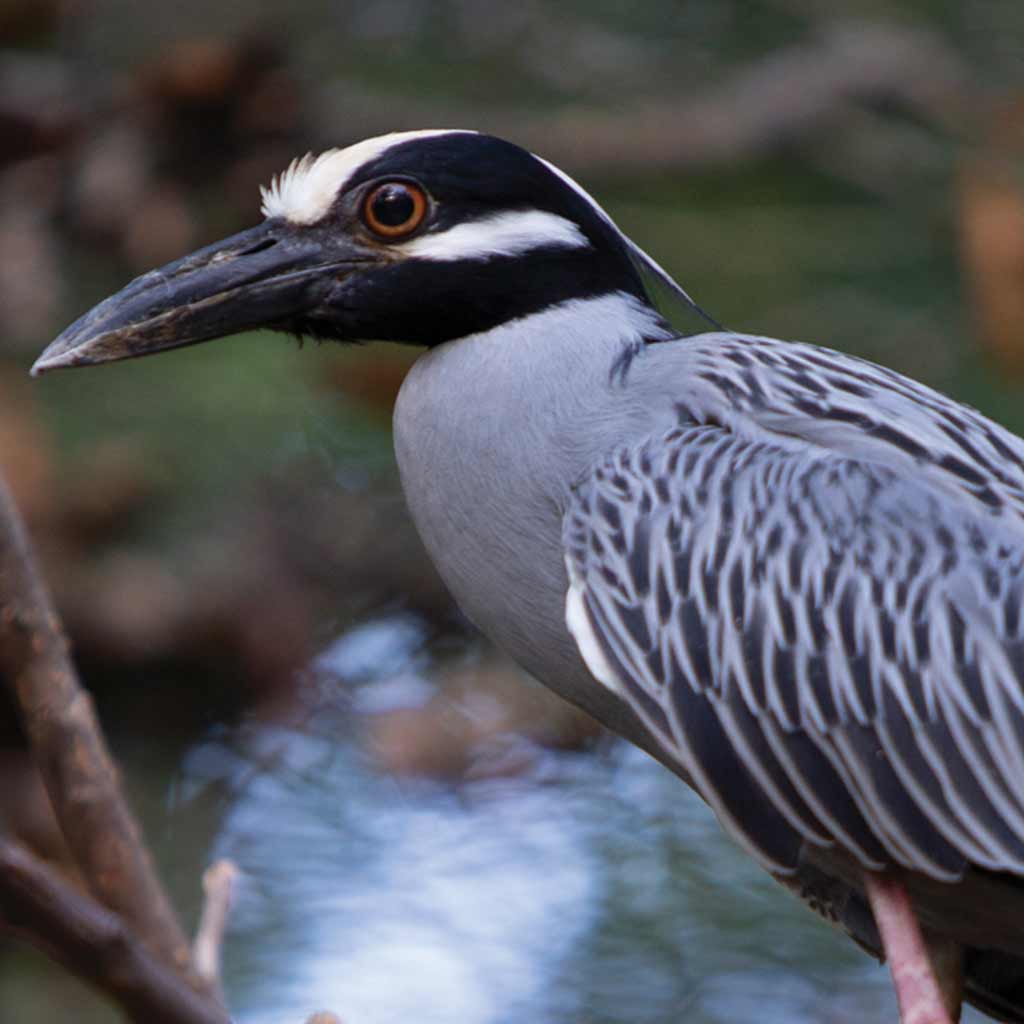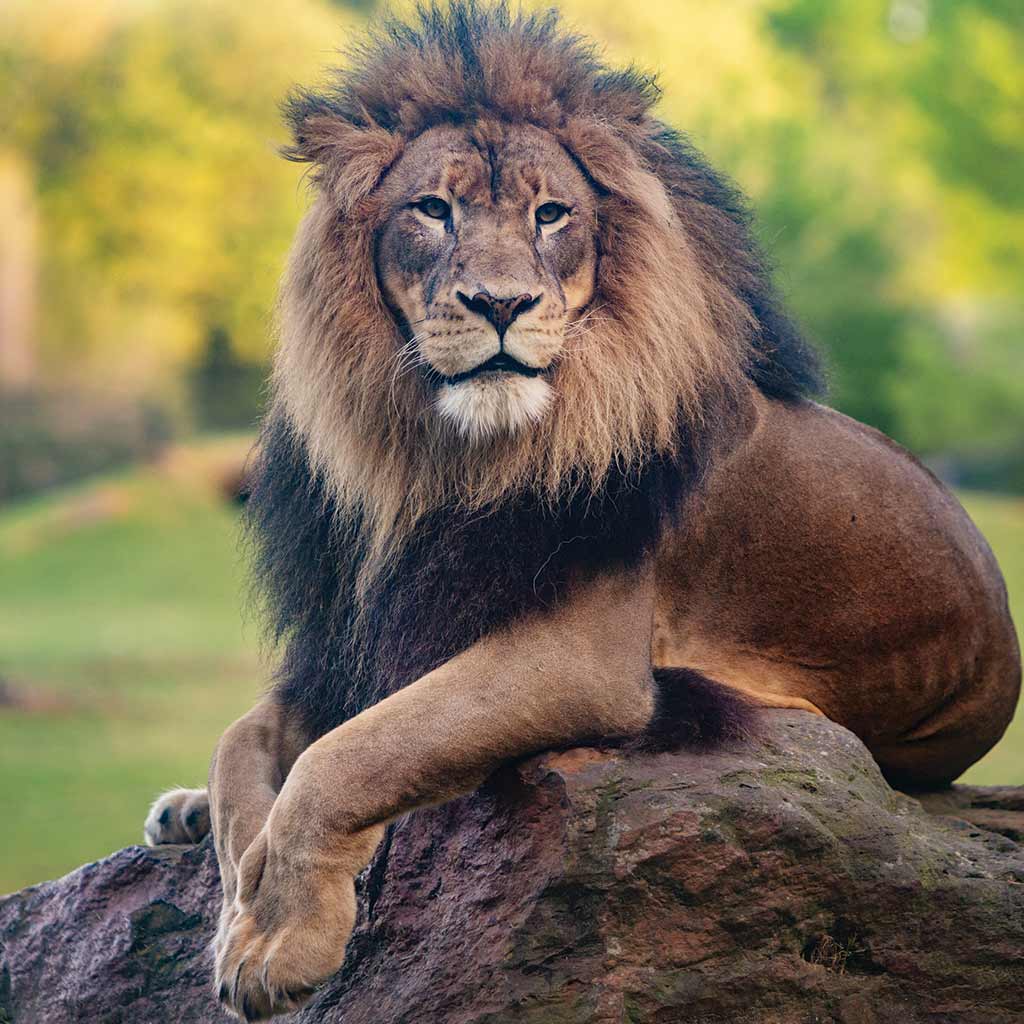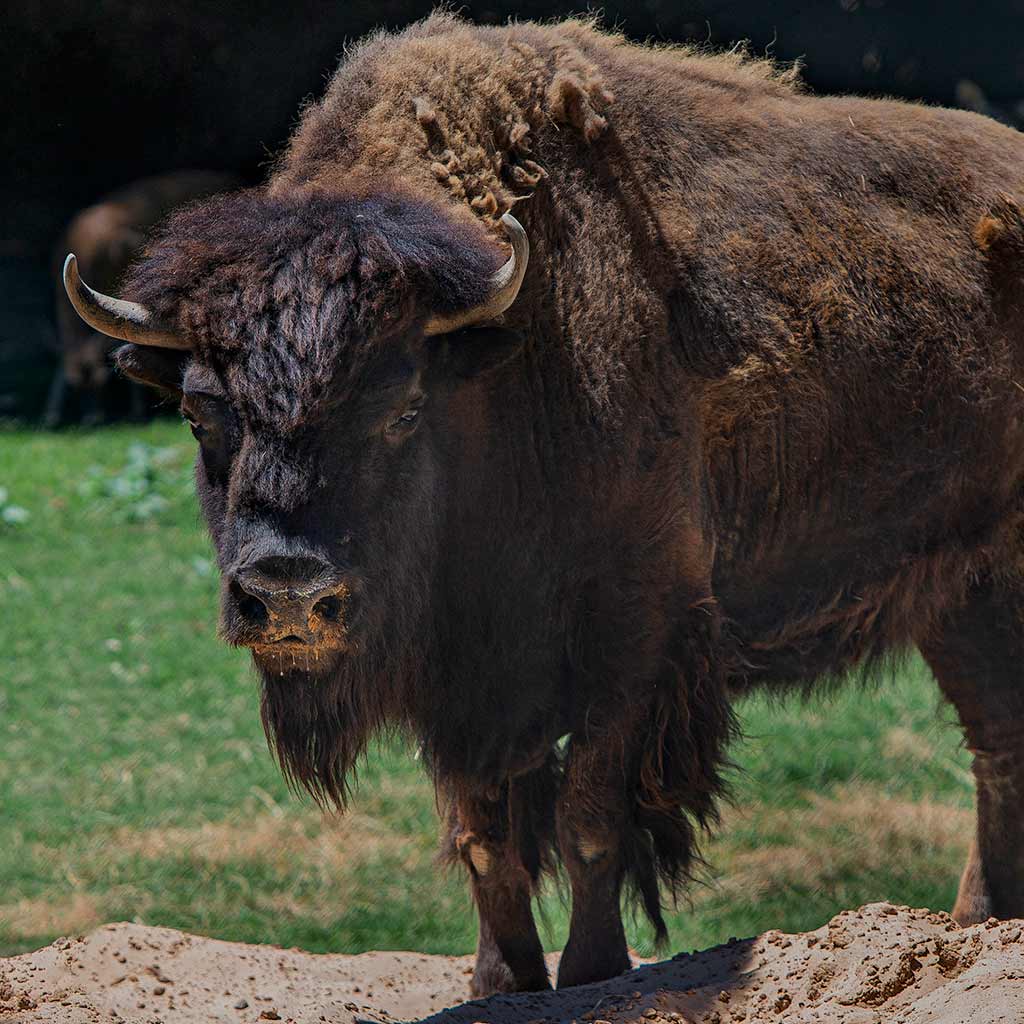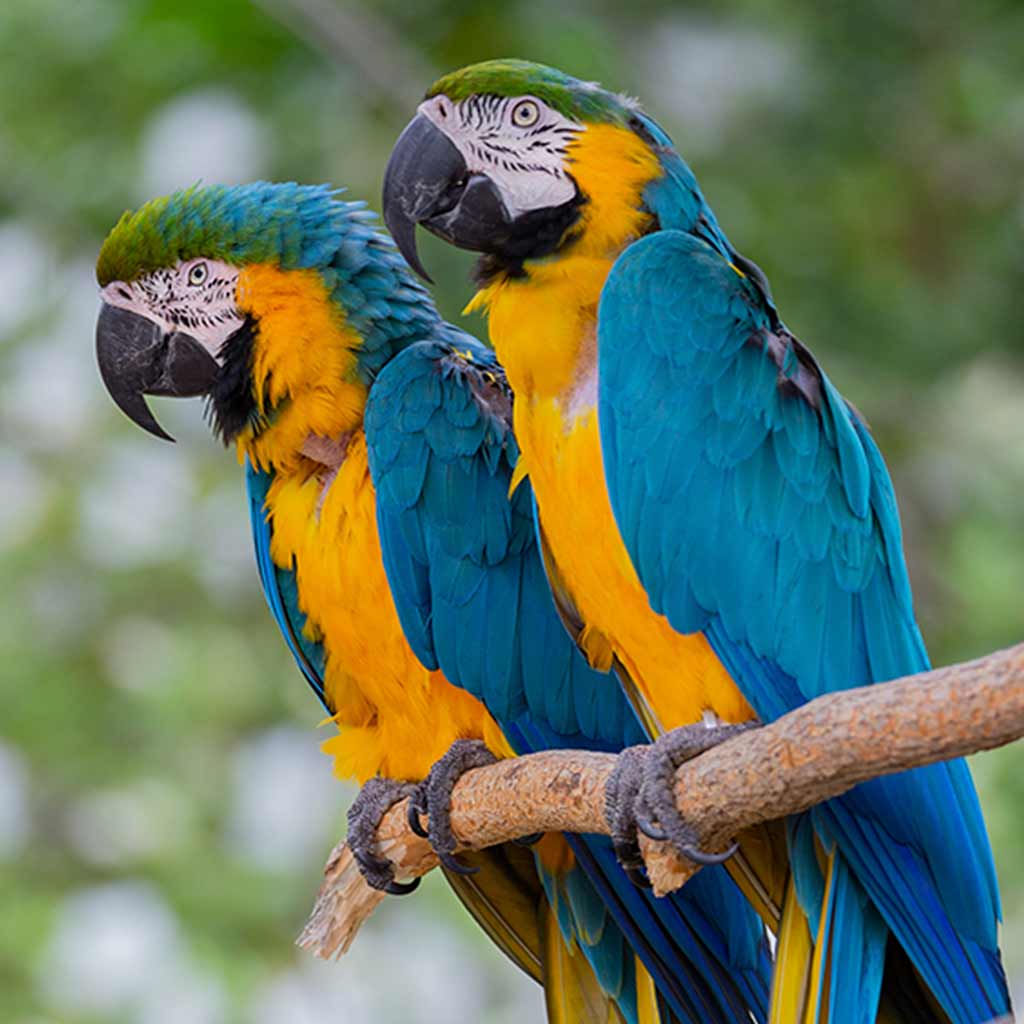-
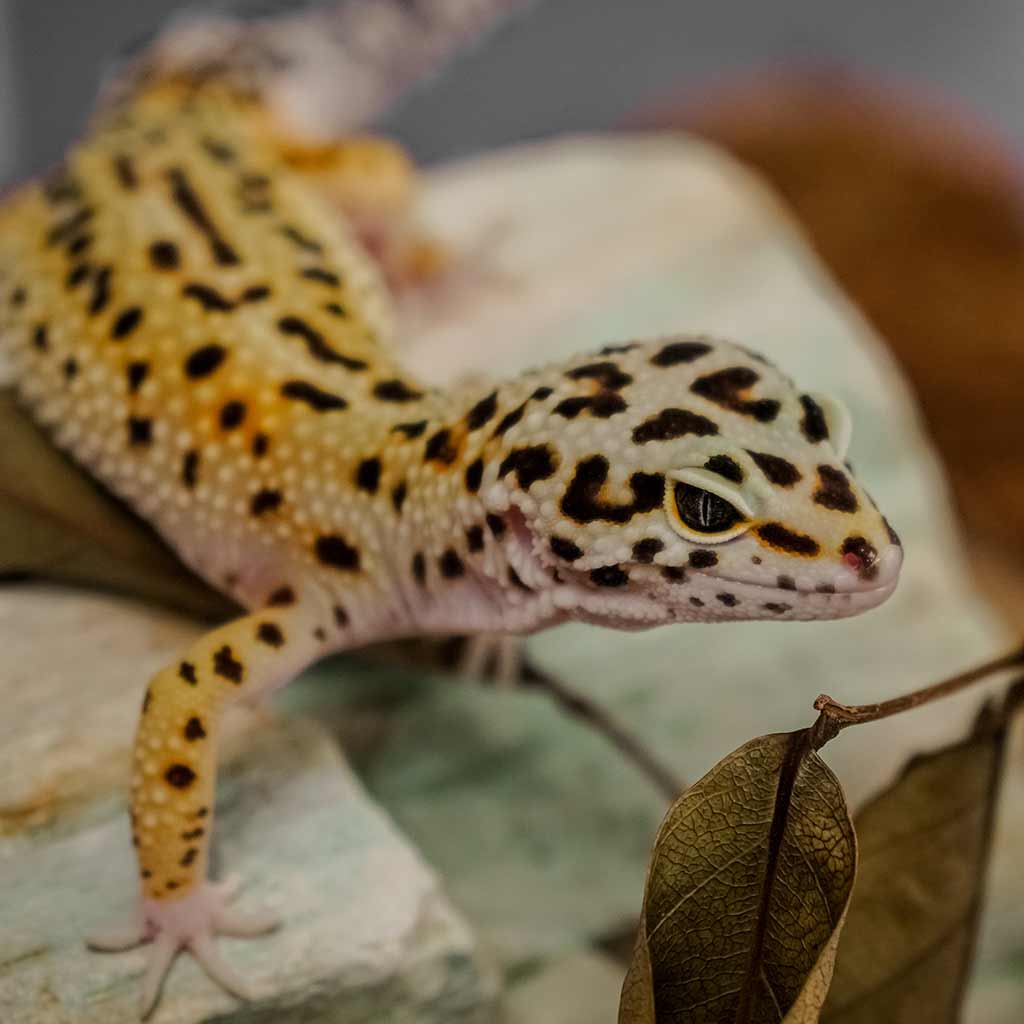 Leopard Gecko(Eublepharis macularius) Not only does their spotty skin give these geckos their name; it also provides excellent camouflage in the rocky terrain of their native habitats in Afghanistan, Iran, Pakistan, India, and Nepal. Leopard geckos are nocturnal, with large eyes that can focus at different light wavelengths. This useful adaptation helps them hunt in the dark for their primary food source: insects.
Leopard Gecko(Eublepharis macularius) Not only does their spotty skin give these geckos their name; it also provides excellent camouflage in the rocky terrain of their native habitats in Afghanistan, Iran, Pakistan, India, and Nepal. Leopard geckos are nocturnal, with large eyes that can focus at different light wavelengths. This useful adaptation helps them hunt in the dark for their primary food source: insects. -
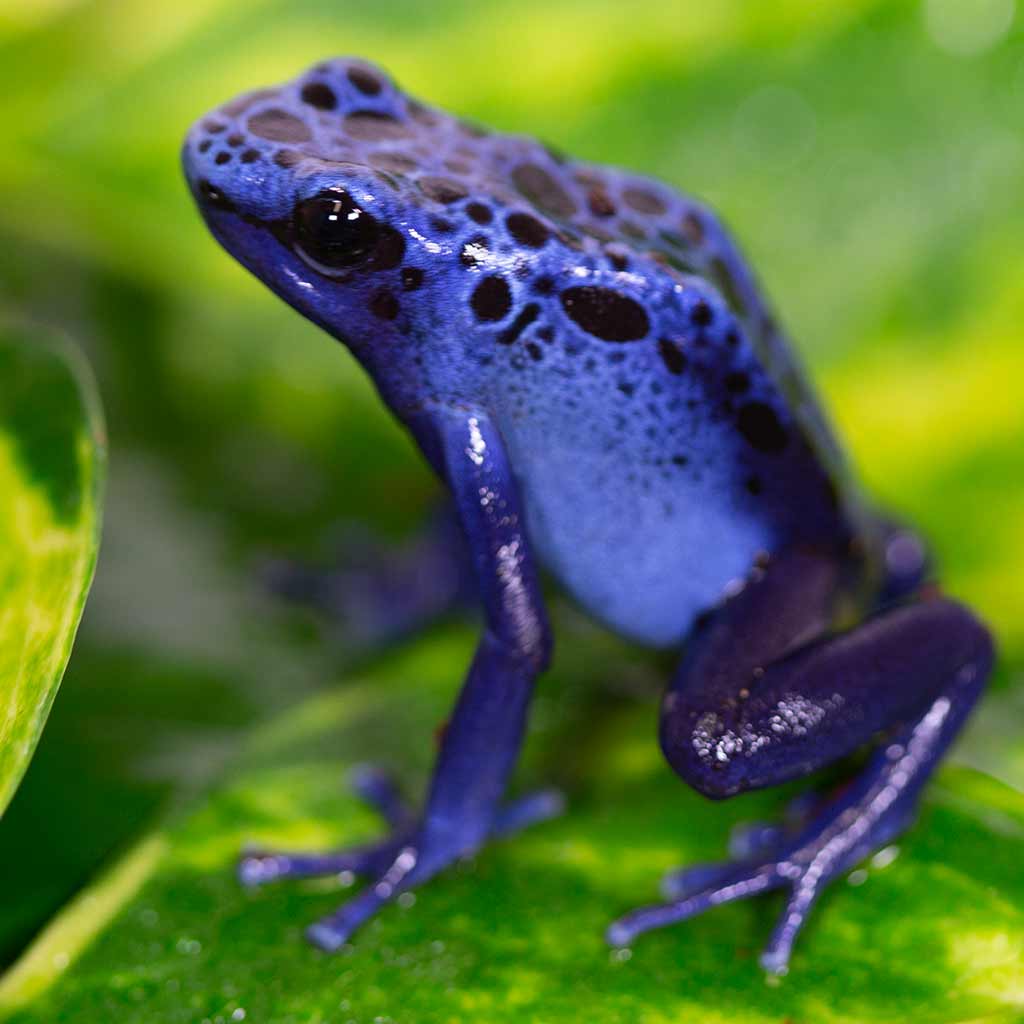 Poison Dart Frog(Dendrobates tinctorius) Bright colors signal to predators to stay away from dangerous amphibians in the South American rain forests. Poison dart frogs really mean it. The skin of these small frogs is highly toxic to the touch, even for humans. They are found near fresh water, feeding on a diet of ants, millipedes, beetles, flies, mites, spiders, maggots and caterpillars.
Poison Dart Frog(Dendrobates tinctorius) Bright colors signal to predators to stay away from dangerous amphibians in the South American rain forests. Poison dart frogs really mean it. The skin of these small frogs is highly toxic to the touch, even for humans. They are found near fresh water, feeding on a diet of ants, millipedes, beetles, flies, mites, spiders, maggots and caterpillars. -
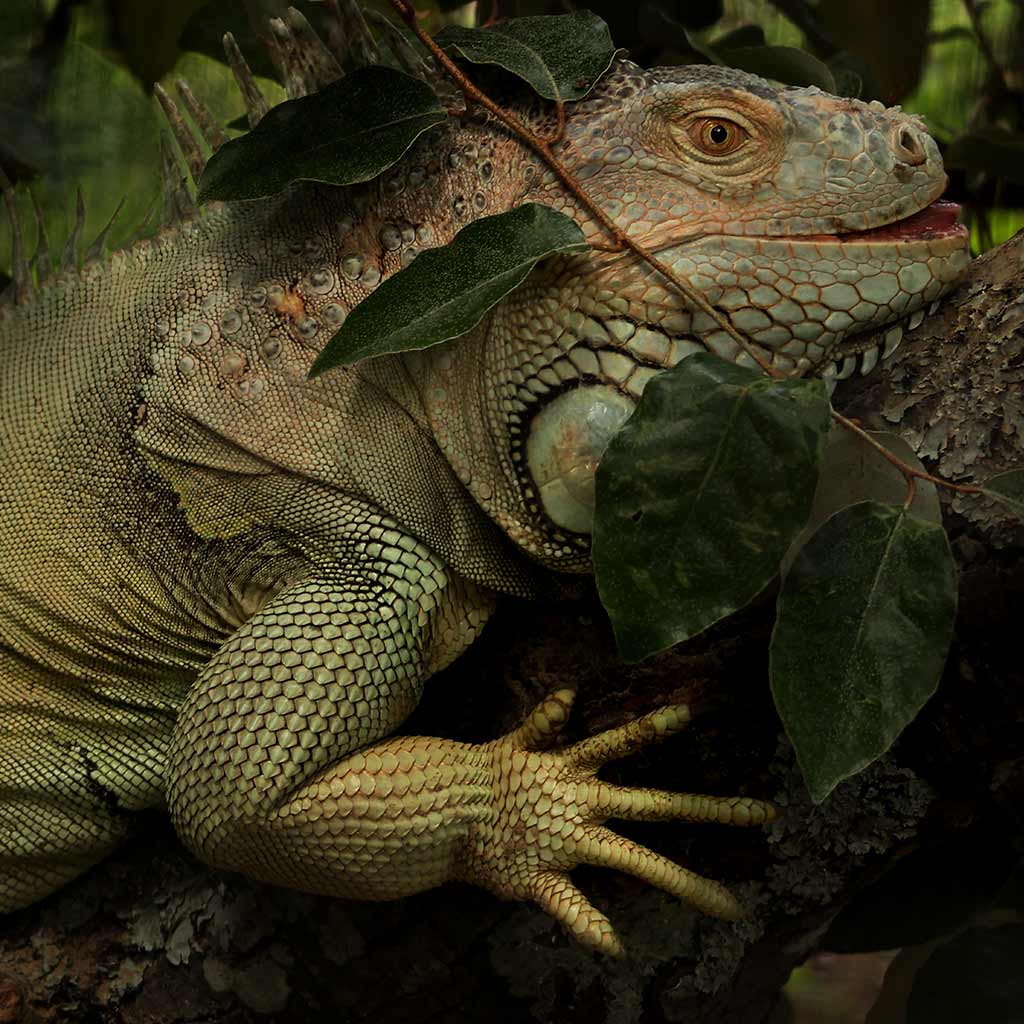 Green Iguana(Iguana iguana) The green iguana is native to a large expanse of Central and South America. These large arboreal lizards can grow up to 6 feet long and weight as much as 20 pounds. They spend much of their time in trees harvesting fruits and plant material for their diet. Their sharp claws come in handy for climbing, but green iguanas also use them on land to dig burrows for shelter.
Green Iguana(Iguana iguana) The green iguana is native to a large expanse of Central and South America. These large arboreal lizards can grow up to 6 feet long and weight as much as 20 pounds. They spend much of their time in trees harvesting fruits and plant material for their diet. Their sharp claws come in handy for climbing, but green iguanas also use them on land to dig burrows for shelter. -
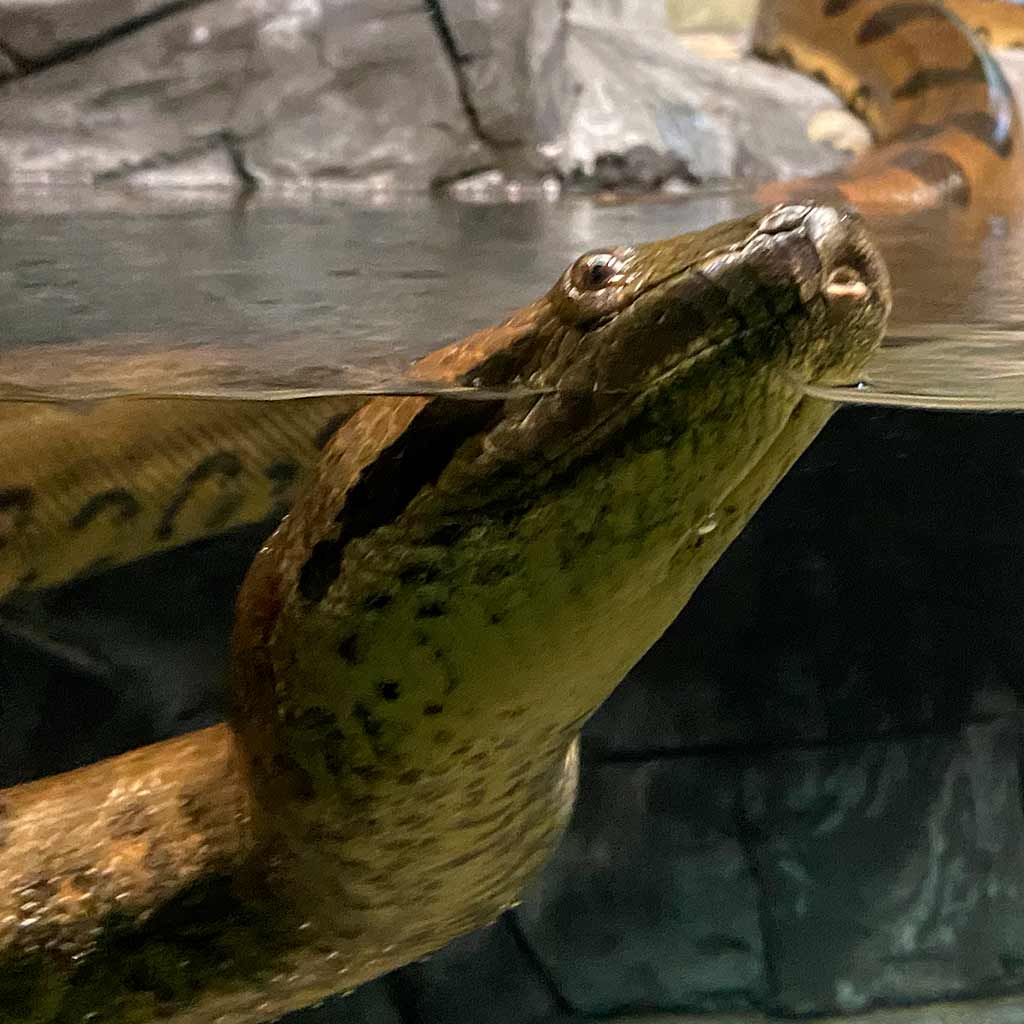 Green Anaconda(Eunectes murinus) The heaviest snake in the world lives in the tropical rainforests of the Amazon and Orinoco basins. These non-venomous serpents can reach over 20 feet in length and weigh over 300 pounds. Slow on land but quick in water, they will feed on almost any animal they can overpower, including fish, amphibians, birds, mammals and other reptiles.
Green Anaconda(Eunectes murinus) The heaviest snake in the world lives in the tropical rainforests of the Amazon and Orinoco basins. These non-venomous serpents can reach over 20 feet in length and weigh over 300 pounds. Slow on land but quick in water, they will feed on almost any animal they can overpower, including fish, amphibians, birds, mammals and other reptiles.
Overview
Step inside our Herpetarium to safely explore the exciting world of reptiles and amphibians. Located near the Wild Bird Walkabout in the eastern part of campus, this climate-controlled building is home to wondrous creatures including frogs, lizards, snakes and more. Each habitat is custom built to provide excellent viewing, while reflecting the animals’ natural habitat. Poison dart frogs boast flashy colors, while prehistoric-looking bearded dragons show off their spikes. Be sure to visit Ana, our green anaconda, so you can see exactly how big the largest snake species on Earth really is.
